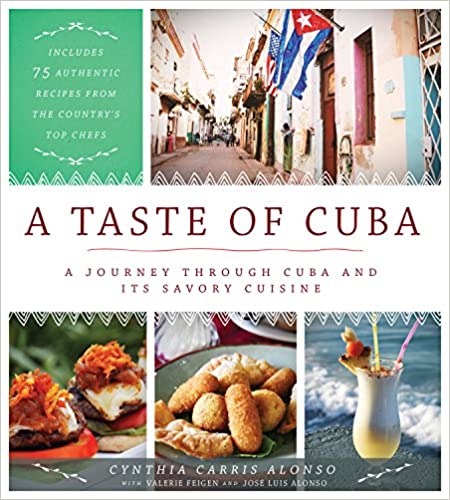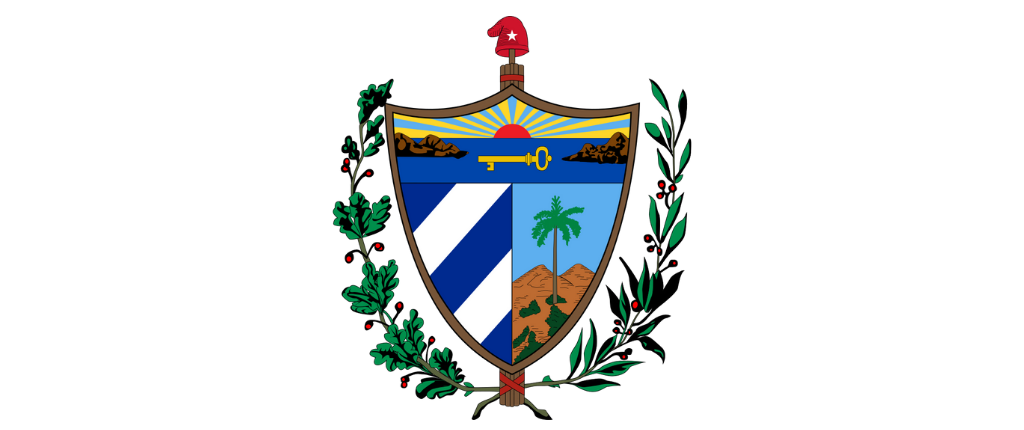Exploring Cuba
This is part of Pioneer’s ongoing series of blogs on curricular resources for parents, teachers, and students during COVID-19.
Over the last 500 years, Cuba has submitted to several hard external masters – the Spanish Empire, the United States, the Soviet Union, and, since the end of the Cold War, perhaps the cruelest master of all – the self-imposed communist slavery of Fidel Castro’s dictatorship. In the Amerindian days before the Europeans arrived, Cuba was an island paradise of breathtaking, exotic beauty. Columbus said as much in 1492 when he reported back to King Ferdinand and Queen Isabella of Spain:
“The multitude of palm trees of various forms, the highest and beautiful I have ever met with, and an infinity of other great and green trees; the birds in rich plumage and the verdure of the fields; render this country, most serene of princes, of such marvelous beauty that it surpasses all others in charms and graces…”
Across the 18th and 19th centuries, Cuba was a rich sugar plantation island – driven by the labor of African slaves. We should never underestimate the gut-wrenching reality that cultivating, cutting, and manufacturing sugar in 90 degree heat with 66 percent humidity is inhumanly back-breaking work. We should also remember that sugar isn’t even a necessity, but a mere luxury – a sweetener. There’s no small irony in the fact that Fidel Castro himself was born in 1926 on his wealthy father’s successful sugarcane plantation in the Oriente province of eastern Cuba.
After the Spanish-American War and into the early 20th century, Cuba evolved into a resort center renowned for generating the insuppressibly danceable cha-cha-cha! rhythms of mambo and rumba music, the unrivaled excellence of Pindar del Rio’s tobacco and cigar production in the western part of the island, the delicious Bacardi rum founded in Santiago de Cuba in 1862, the elegant Spanish colonial-style architecture in Havana, as well as was the extravagant American Mob-owned hotels and casinos, with their festive, frivolous, and frolicking nightlife.
Anyone trying to understand why Cubans were susceptible to the utopian vison of El Comandante Fidel Castro’s revolutionary charms, which obscured his dystopian viciousness, need look no further than Cuba’s bitter-sweet history in sugar production. For centuries, being first a Spanish and then American sugar colony, as well as an entertainment playground for North American elites, all came due with Castro’s 1959 revolution, which quickly turned this Caribbean paradise into a repressive communist prison island.
Underneath it all, Castro’s despotism, the Cold War, the Cuban Missile Crisis, and the Embargo, remains the Cuban people – vibrant, creative, pious, and poor, who have continued to inspire and awe with their smiles, culture, music, dance, food, tobacco, resilience, and hopes. With the desire of passing along some of this magic to American families, students, teachers, and schools, we’re providing a variety of resources to educate our people about their neighbors, who live a mere 100 miles from our shores, in Cuba.
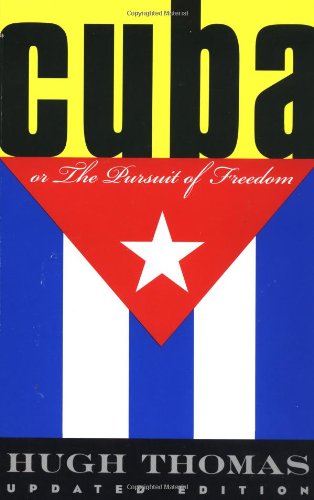
Cuba: The Pursuit of Freedom, by Hugh Thomas
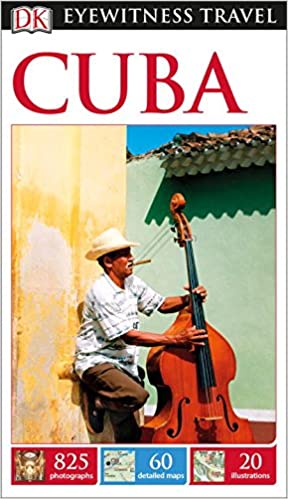
Cuba: DK Eyewitness Travel Guide
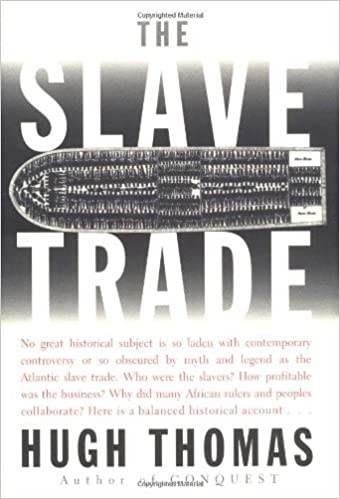
The Slave Trade, by Hugh Thomas

The Gulf: The Making of An American Sea, by Jack E. Davis

Sweetness and Power: The Place of Sugar in Modern History, by Sidney W. Mintz

José Martí, Cuban poet, philosopher, essayist
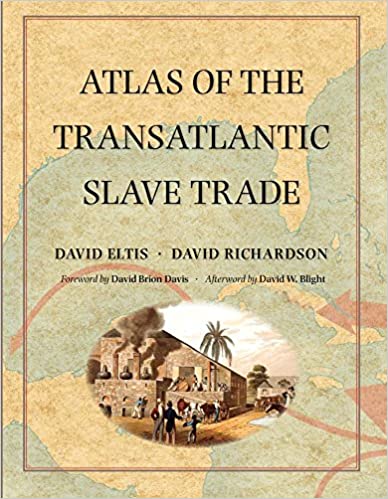
Atlas of the Transatlantic Slave Trade (The Lewis Walpole Series in Eighteenth-Century Culture and History), by David Eltis (Author), David Richardson (Author), David W. Blight (Afterword), David Brion Davis (Foreword)
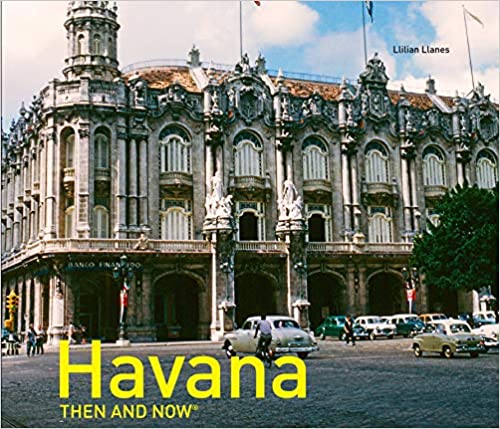
Havana Then and Now®, by Llilian Llanes

Wreck of the USS Maine (1898)
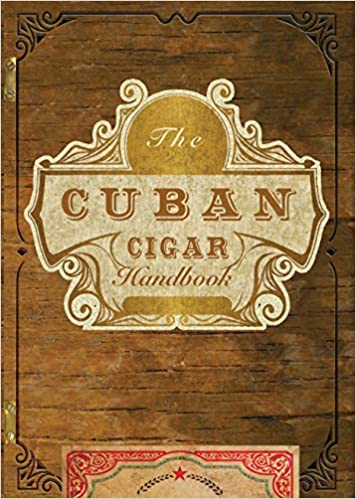
The Cuban Cigar Handbook, by Matteo Speranza
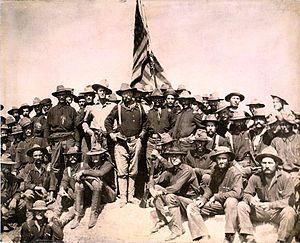
First U.S. Volunteer Cavalry Regiment, “Rough Riders”
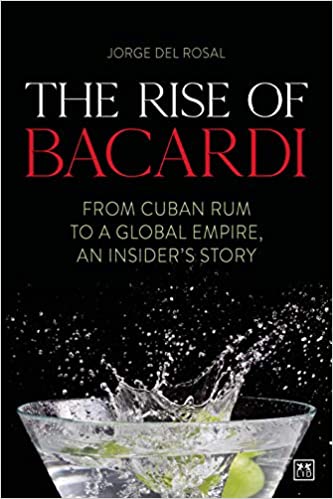
The Rise of Bacardi: From Cuban Rum to a Global Empire, an insider’s story, by Jorge Del Rosal
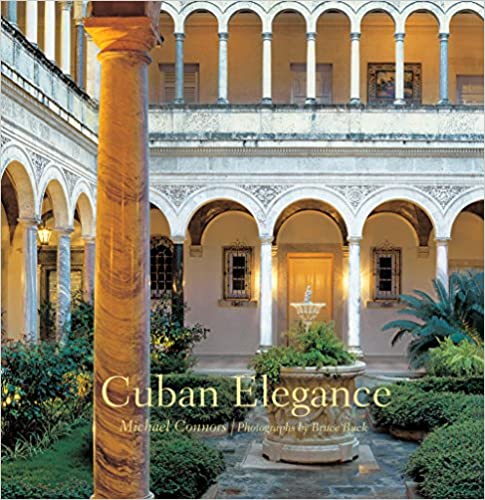
Cuban Elegance, by Michael Connors (Author) and Bruce Buck (Author)
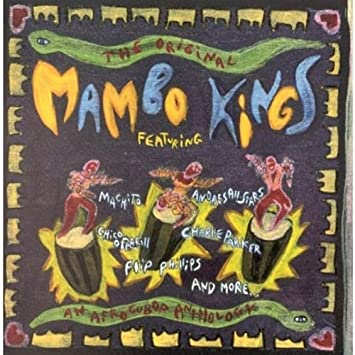
The Original Mambo Kings: An Afro-Cubop Anthology, by Machito & Dizzy Gillespie (CD)
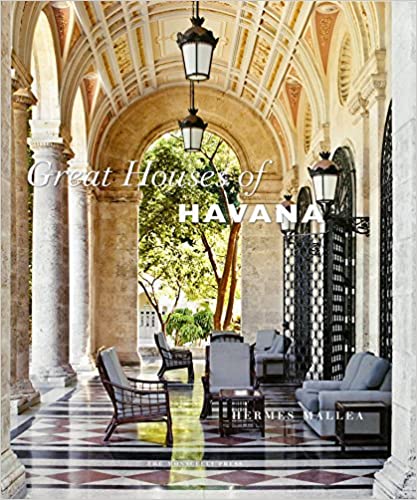
Great Houses of Havana, by Hermes Mallea
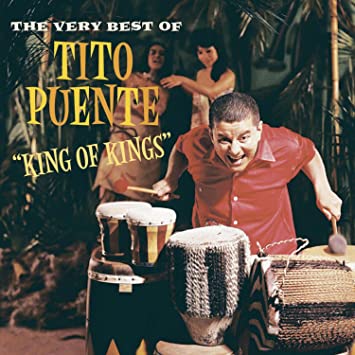
King of Kings: The Very Best of Tito Puente, by Tito Puente (CD)
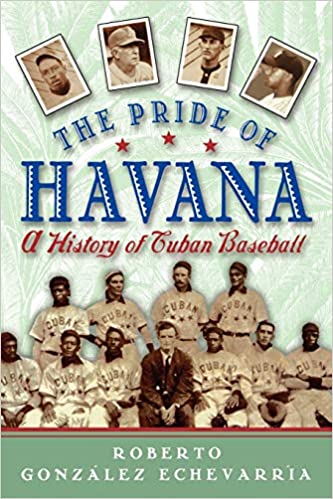
The Pride of Havana: A History of Cuban Baseball, by Roberto Gonzalez Echevarria

Undisputed Queen of Salsa, Celia Cruz (CD)
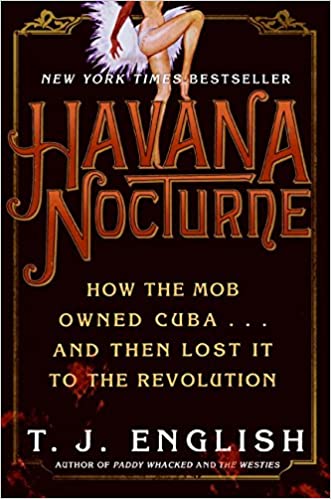
Havana Nocturne: How the Mob Owned Cuba…and Then Lost It to the Revolution, by T. J. English
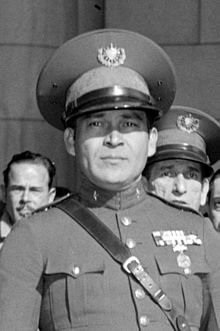
Fulgencio Batista
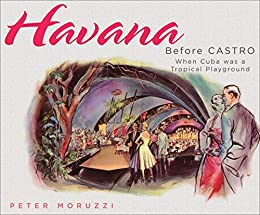
Havana: Havana Before Castro: When Cuba Was a Tropical Playground, by Peter Moruzzi
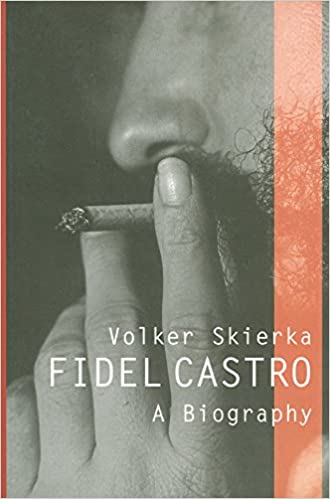
Fidel Castro: A Biography, by Volker Skierka (Author), Patrick Camiller (Translator)
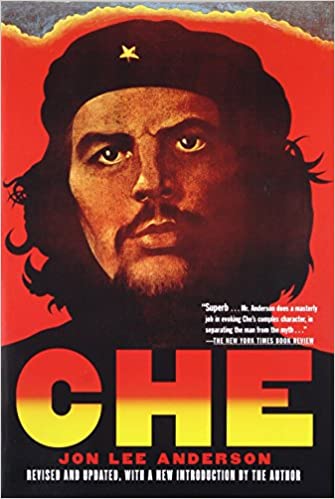
Che Guevara, by Jon Lee Anderson
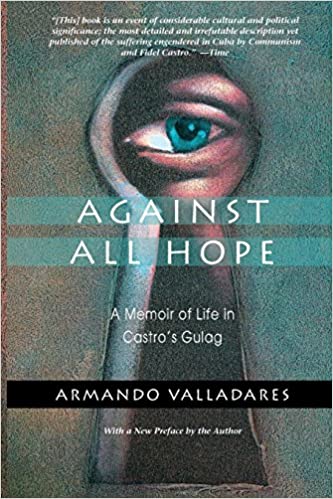
Against All Hope: A Memoir of Life in Castro’s Gulag, by Armando Valladares (Author) and Andrew Hurley (Translator)
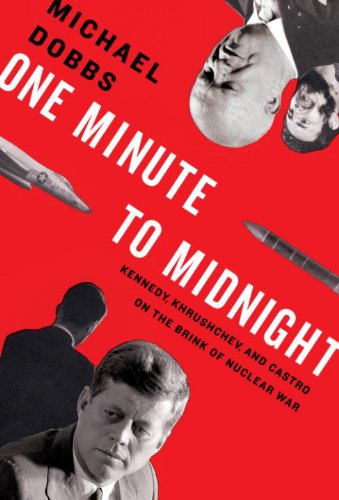
One Minute to Midnight: Kennedy, Khrushchev, and Castro on the Brink of Nuclear War, by Michael Dobbs
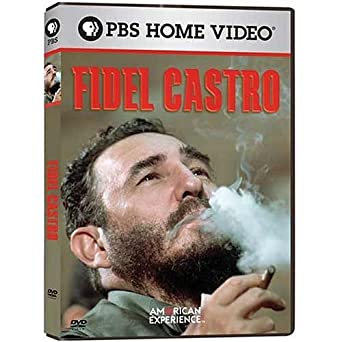
Fidel Castro, PBS American Experience. By Rocky Collins (Director)

Pinar del Río
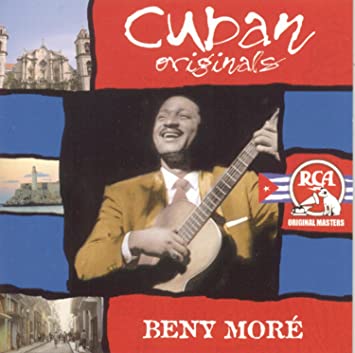
Cuban Originals, by Beny More (CD)

Guantanamo Bay Naval Base
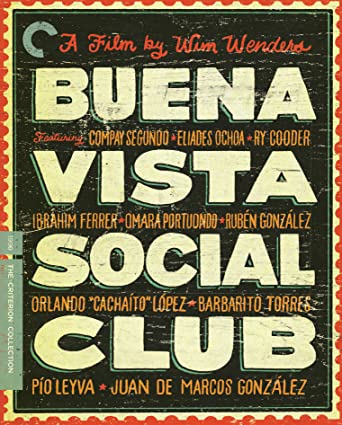
Buena Vista Social Club Criterion Collection, by Ry Cooder (Actor), Ibrahim Ferrer (Actor), Wim Wenders (Director)

Cuba’s Car Culture: Celebrating the Island’s Automotive Love Affair, by Tom Cotter (Author), Bill Warner (Photographer)

Los Heroes, by Estrellas De Areito (CD)
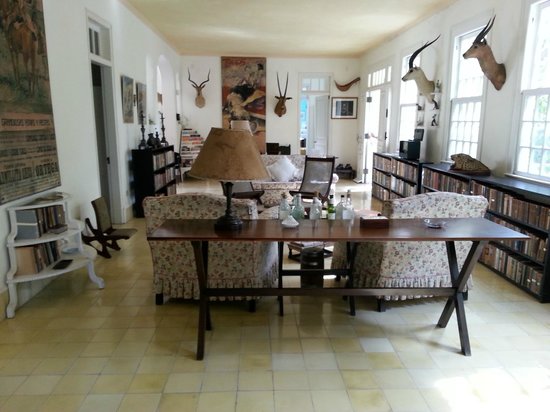
Finca Vigía, Ernest Hemingway’s house, Havana, Cuba

Cuba Classics 2: Dancing With the Enemy, by various artists and compiled by David Byrne
